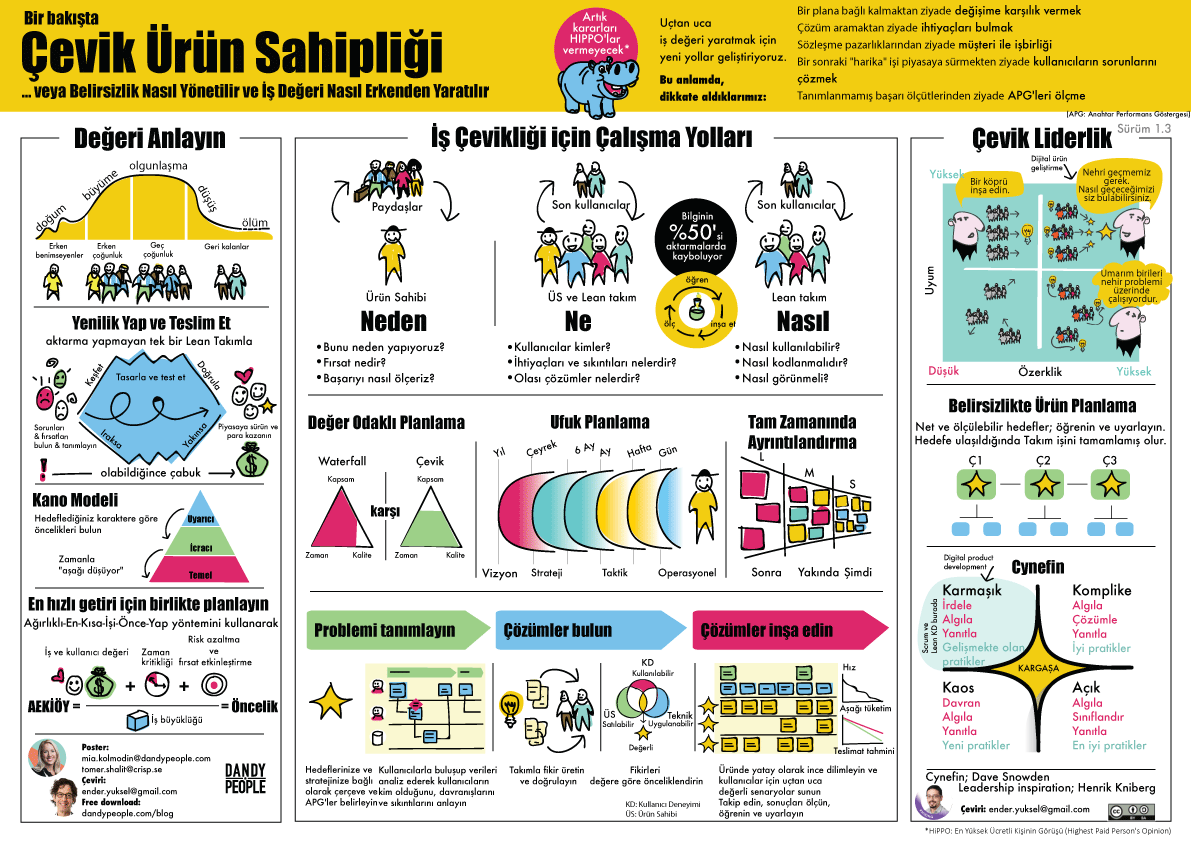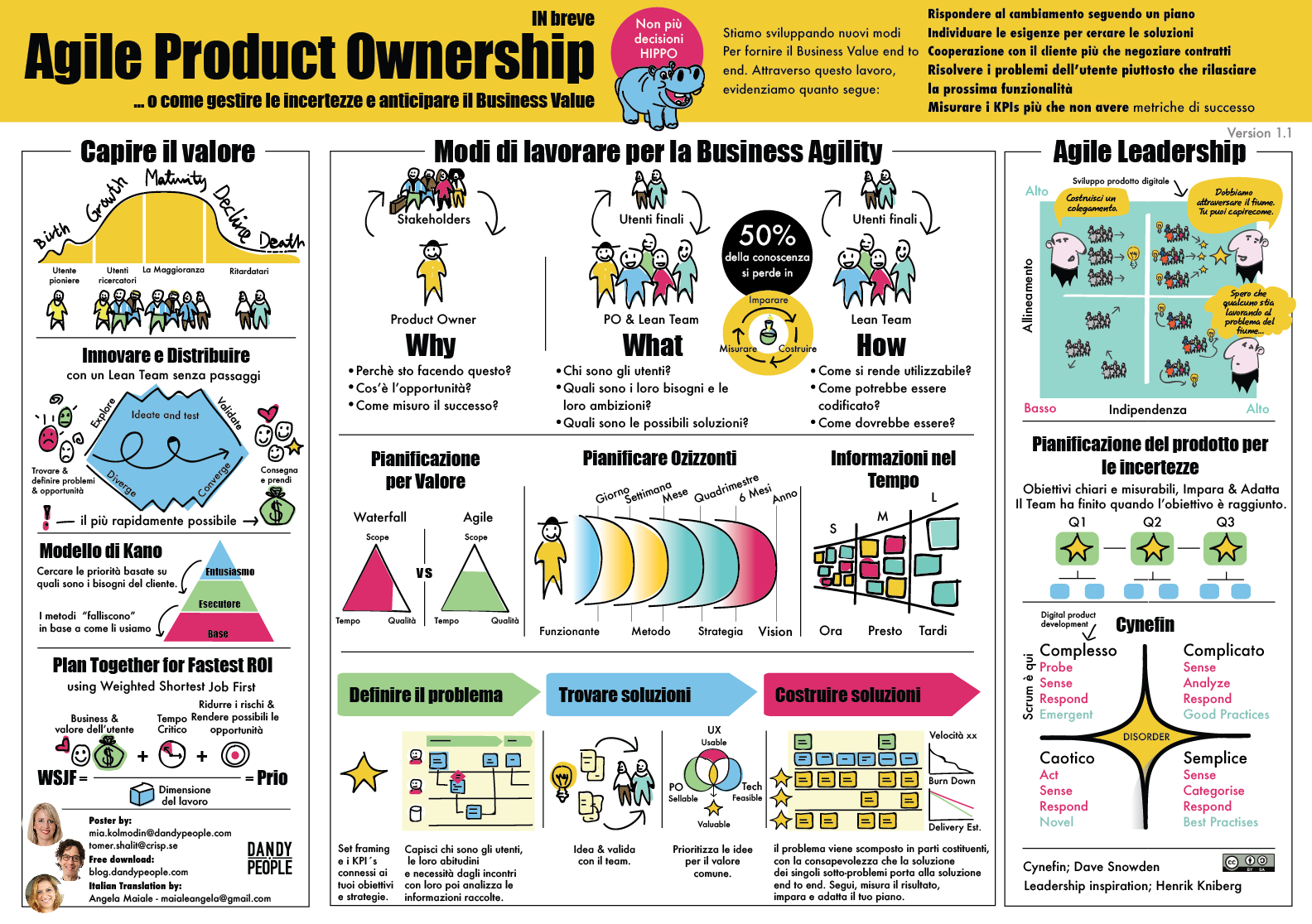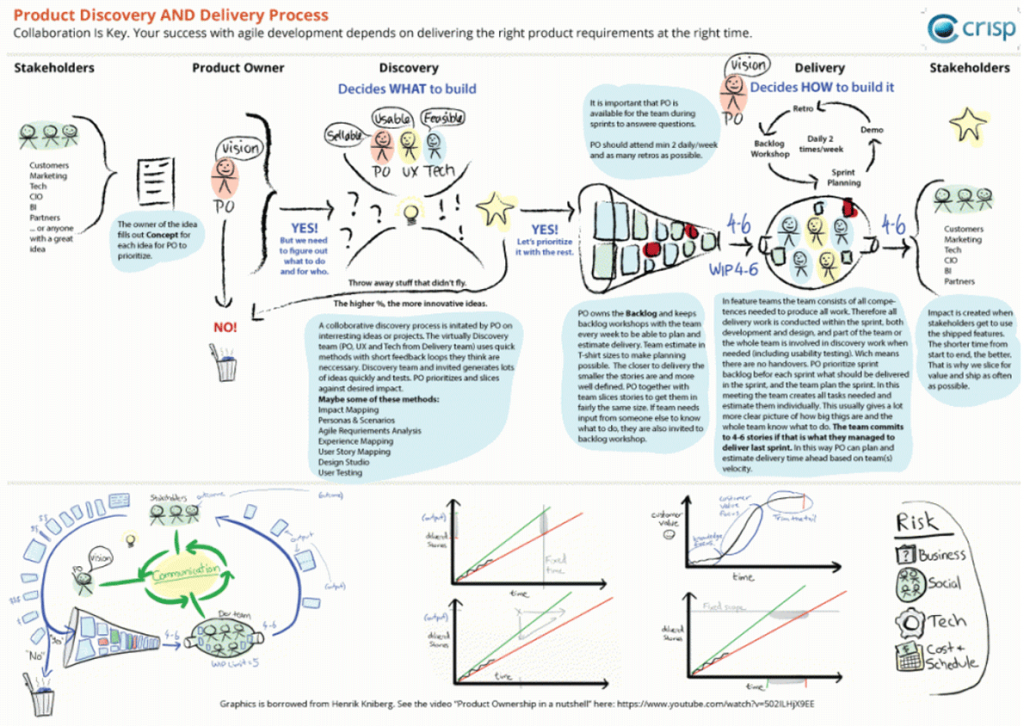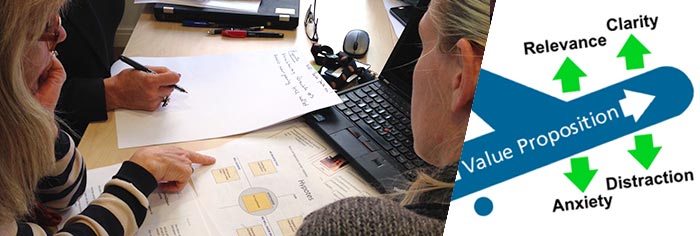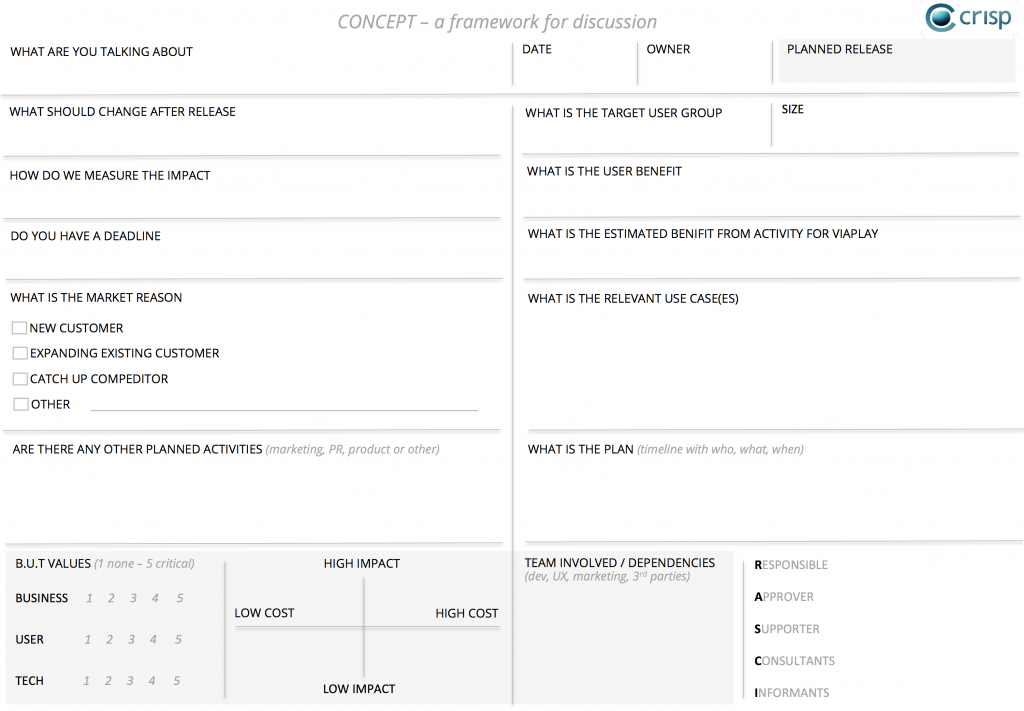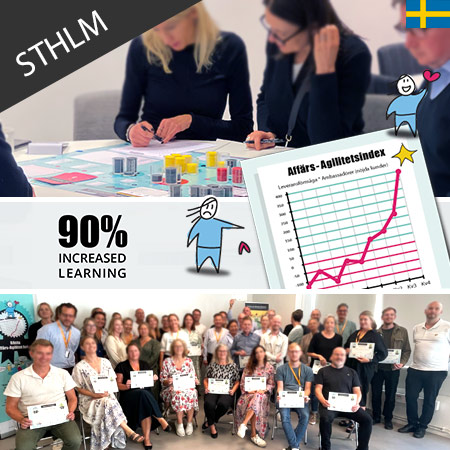Strategy is only as good as its ability to enable your product people to make smart decisions. It must evolve to remain fit for purpose. For those of you who want to make sure your product strategy serves your people, a collaborative approach helps you recognise and prioritise the most crucial gaps to work on.
The last post shares the product strategy health check template. Here’s one way you could work with it to align your POs, PMs, CPOs or whoever is in your product org chart. Co-creation is key to a shared commitment and conviction. Start with asking your product people to identify areas where they want more context. You can enable them a little better, each time, even if the official strategy is still in progress.
Treat it like a Kata, returning monthly or quarterly (but no less frequently) to prioritise the next biggest gap you want to close. A strategy isn’t grown in one night, so this is something that you can make more robust over time, piece by piece. Each time, gather product people to add what they know, then dot vote on which field they most need more data on to make informed decisions. Then split into pairs or small groups, choose one, and work on making it clearer before you next meet. This way, your strategy evolves over time, can gradually be strengthened, and benefits from collective effort. Don’t forget to remove old, irrelevant info as you go too.
(more…)
